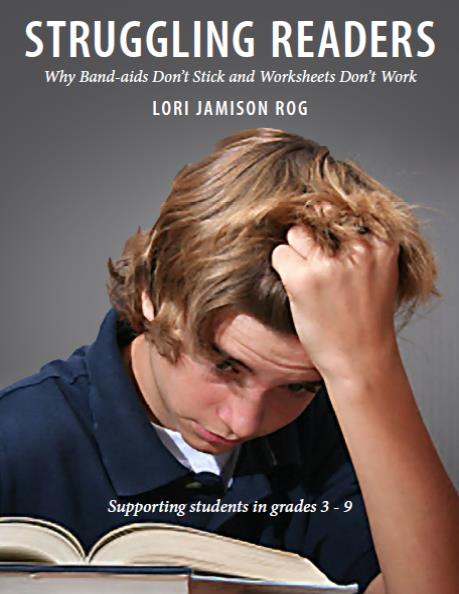WRITING is the single best way to support READING for students from kindergarten to college.
When we write about what we read, we must reflect on the ideas in the text, connect them to our own ideas and beliefs, and organize and integrate our thoughts into words on a page. As Steve Graham and Michael Hebert say, in their meta-analysis of the research on “writing to read”, “writing about a text should enhance comprehension because it provides students with a tool for visibly and permanently recording, connecting, analyzing, personalizing and manipulating key ideas in a text” (p. 13). This is even more important with informational reading. In terms of remembering what we read, Graham and Hebert found that writing about a text was more effective than rereading it, or discussing it.
The good news is that writing about reading has been shown to be particularly effective for lower-achieving students. The bad news is that if these students are not explicitly taught how to write well-crafted responses, the effects on reading improvement are negligible. Good teaching is essential.
“If students are to make knowledge their own, they must struggle with the details, wrestle with the facts, and rework raw information and dimly understood concepts into language they can communicate to someone else. In short, if students are to learn, they must write.”
(Graham and Hebert, Writing to Read, Carnegie Corporation 2010)
Students can’t write to learn effectively if they don’t have opportunities to learn to write. It’s important to teach them how to communicate effectively in writing as well as to how to respond to reading. Read more about Five Tips for Helping Students Write About Reading.
Get a generic RUBRIC FOR ASSESSING WRITTEN RESPONSES
FOUR TYPES OF WRITTEN RESPONSES TO READING
- Answering comprehension questions
- Crafting personal responses
- Completing graphic organizers
- Generating summaries


